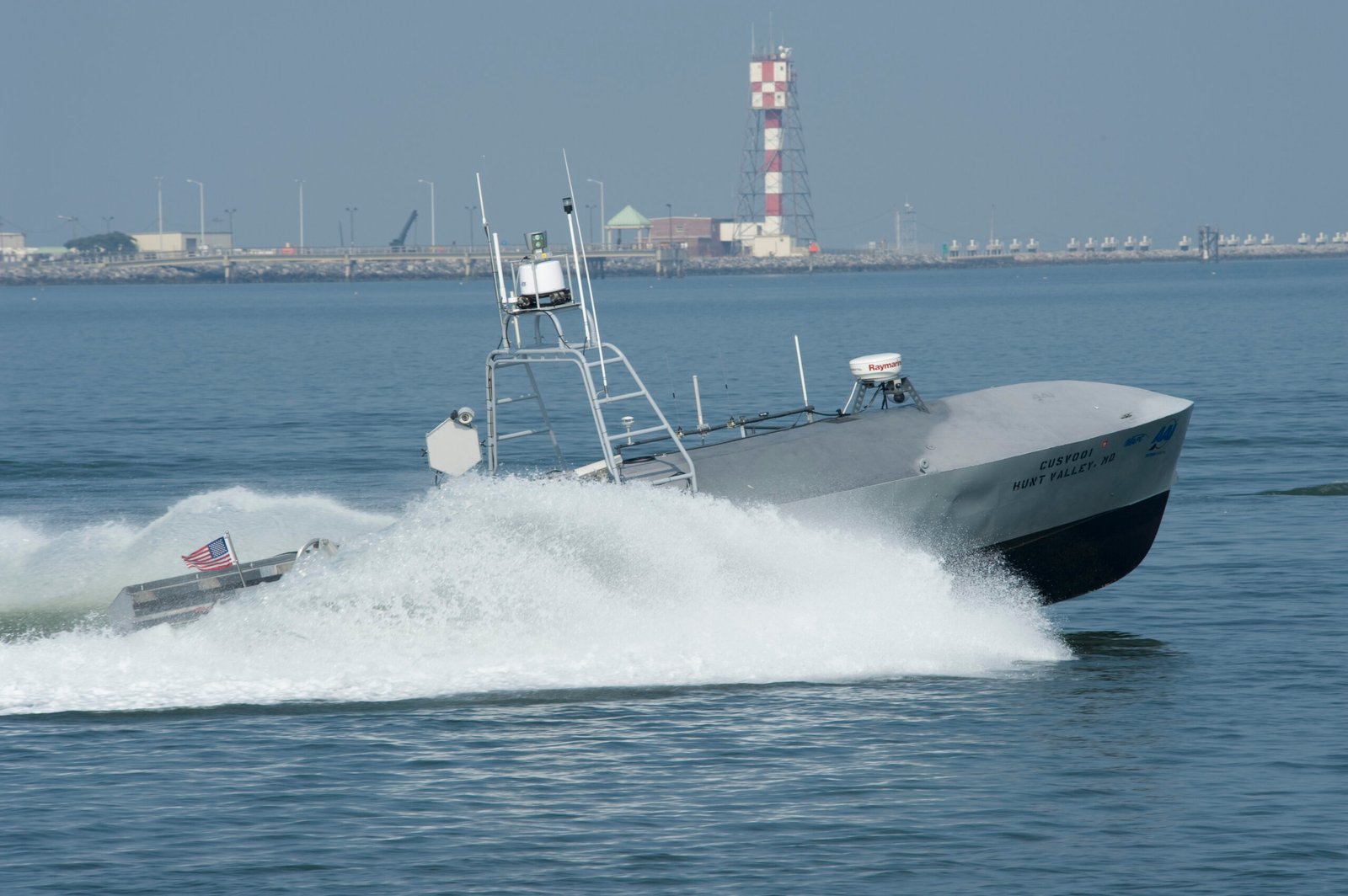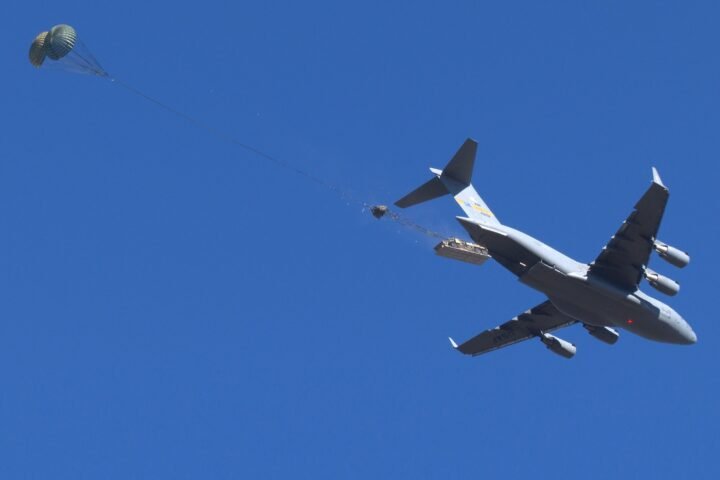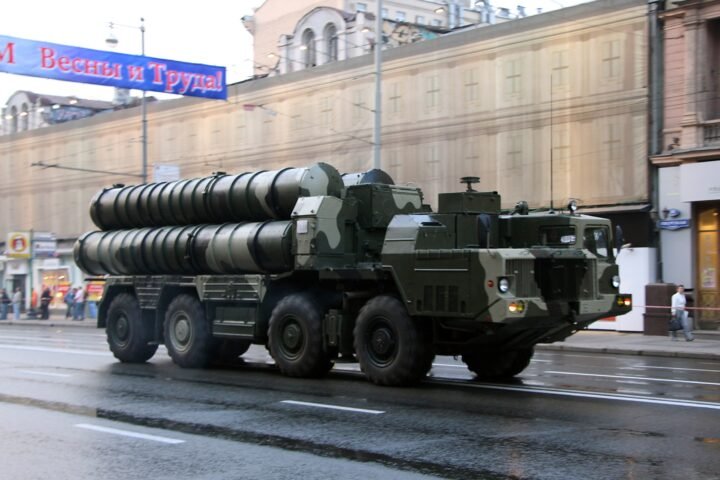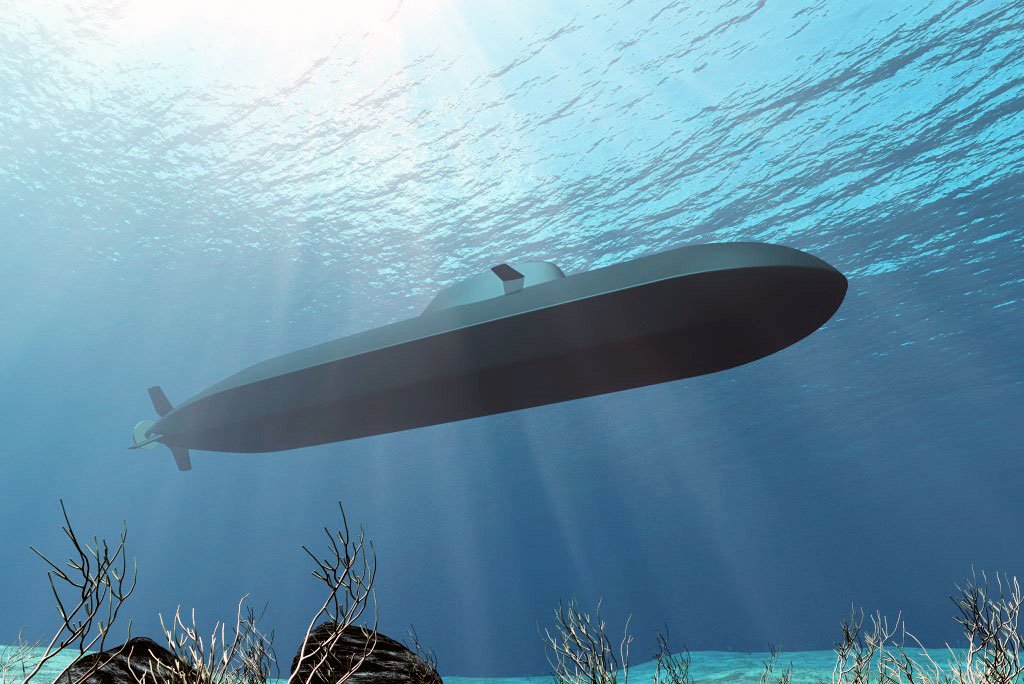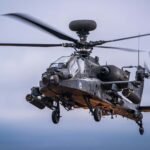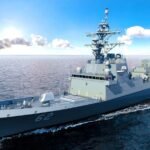Emergence of Next-Generation Autonomous Undersea Vessels: A Pentagon Initiative
In a significant strategic pivot, the Pentagon has issued a call for the development of a new class of large autonomous undersea vessels. This initiative underscores the increasing reliance on unmanned systems in modern naval warfare, particularly in the underwater domain where traditional manned vessels face evolving threats and operational limitations.
The announcement signifies a commitment to advancing undersea capabilities that align with the U.S. Navy’s broader goals for enhancing maritime security and deterrence. These large autonomous undersea vehicles (AUVs) are envisioned to execute a variety of missions, including:
- Intelligence gathering
- Surveillance
- Reconnaissance
- Anti-submarine warfare operations
Their deployment could provide the U.S. Navy with a distinct advantage in littoral and open-ocean environments, where stealth and endurance are critical.
Current trends in naval defense are heavily influenced by the growing complexity of modern threats, from advanced submarine technologies to anti-access/area denial (A2/AD) strategies employed by rival nations. Autonomous systems such as these large AUVs offer an appealing solution to the challenges posed by these advancements, enabling the Navy to expand its operational reach while minimizing risks to personnel.
Furthermore, the global defense landscape is seeing an accelerated investment in underwater warfare technologies, with several nations, including China and Russia, actively developing their own sophisticated undersea capabilities. As such, the U.S. must remain at the forefront of innovation in this critical domain to ensure strategic superiority.
One of the key advantages of large autonomous undersea vessels lies in their ability to operate for extended periods without human intervention. This endurance allows for persistent surveillance capabilities, providing valuable real-time data and enhancing situational awareness in contested environments. Moreover, the use of artificial intelligence in these systems is anticipated to facilitate rapid decision-making and improve mission outcomes through advanced data analytics.
From a strategic perspective, the development of large AUVs represents a paradigm shift in naval operations. The integration of these platforms into the fleet will not only augment traditional asset capabilities but also serve as force multipliers in joint operations. As military operations increasingly leverage networked systems and real-time data sharing, these autonomous vessels could play a crucial role in establishing a multi-domain operational approach.
The Pentagon’s initiative to develop large autonomous undersea vessels is set to redefine undersea warfare. By harnessing cutting-edge technology and addressing emerging threats, the U.S. Navy aims to enhance its deterrence posture and maintain a competitive edge in global maritime operations. As the defense community continues to evolve, the implications of this strategic move will undoubtedly reverberate throughout the military landscape for years to come.

